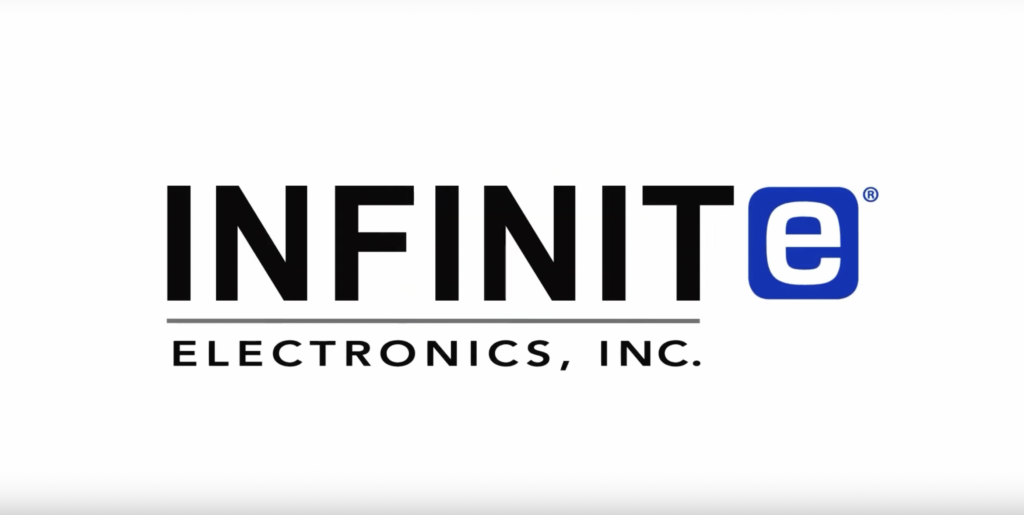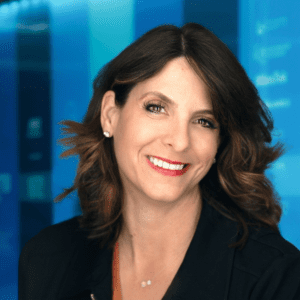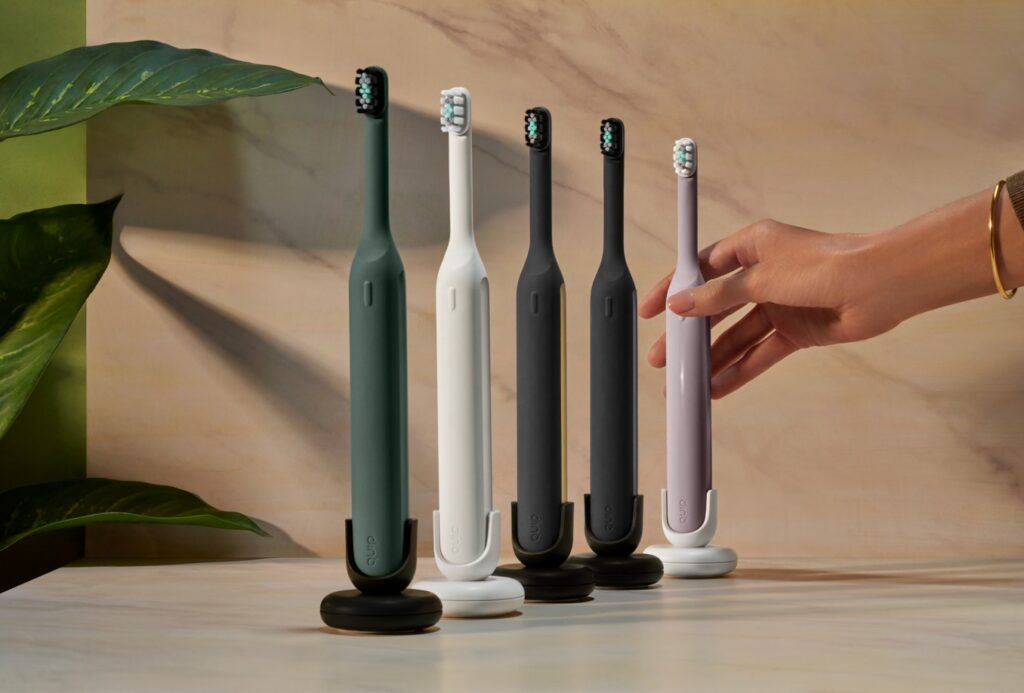
Infinite Electronics, a supplier of electronic components that’s undergoing rapid global expansion, is expecting to launch more than 12,000 new products across 13 of its brands in North America. For the marketing team, that translates to prioritizing and finetuning process first and foremost.
“One of my biggest challenges is making sure that my marketing team doesn’t have to spend all of our time launching new products,” CMO Emily Campbell told Chief Marketer this week. “I also want them to be able to nurture products that are taking off in the market and build campaign stories around them, in big important areas that we’re launching in.” That requires automating many processes to create content on the fly—even across different geographical and cultural contexts.
To make that happen quickly and effectively, Campbell turns to Legos.
A Lego-inspired marketing strategy, she claims, allows the team to rebuild pieces of content that fit together seamlessly. “We’re building a collateral strategy that’s like Legos, where you have core components that can be built up in multiple different ways,” she says. “We want to be able to quickly pull together PowerPoint presentations and other information in a way that is plug-and-play, without having to completely customize a new solution for that customer meeting.”
We spoke with Campbell about her process-oriented vision for the marketing team, three ROI-focused steps to reaping the benefits of international brand expansion, how a 20-brand conglomerate sets itself apart from competitors, and more.
Chief Marketer: You have a lot of experience with international brand expansion, having worked previously at Dell in Europe, Arrow Electronics and Berlin Packaging. Describe your current role.

Emily Campbell, CMO at Infinite Electronics: I’m the CMO, and also responsible for ecommerce and digital marketing. Historically, Infinite has been primarily a North America company with about 10 percent of revenue coming from Asia and about 5 percent coming from Europe. Within the last year, we did a number of significant acquisitions in Europe, and now we have about 30 percent of our revenue coming from Europe.
We are in the process of integrating some of the activities for those incremental brands we’ve recently acquired, and looking at what makes sense to put under the Infinite umbrella. How do we go to market with them? Do we need to change anything? How do we think about the legacy business that we have in North America, and what is the opportunity in Europe now that we have more of a physical presence there? And for these European brands, can they move into North America where we have a lot of strength already?
CM: How do cultural factors play into that?
EC: From a local law perspective, particularly when you’re going into Europe, GDPR and privacy laws are becoming more and more critical. Now, China has their own version of that. Obviously California does as well, and Canada. From a marketing perspective, as you’re looking at international expansion, it’s understanding the laws that are there and being able to adapt your marketing to those requirements. We do a lot of email marketing. We do a lot of retargeting from an ecommerce perspective, and understanding what’s legal and what’s not legal, particularly if you’re operating in Europe or China. Understanding the privacy requirements around transferring customer information between countries is becoming more of a core element that you have to think about.
When it comes to combining your marketing efforts, think about it globally. But the reality is you have to have that local partition. And understand if things that are normal practice in North America can be applied to Europe or Asia and vice versa. For the companies we’ve recently acquired, there are things in Europe that they do all the time—because they’re operating in a multi-culture, multi-country, multi-currency environment—that have to change as they come to North America.
CM: What strategies are you using to integrate the acquisitions?
EC: We’ve started at the very top. How do we think about the mission of the company? What is our vision? What are the core values associated with the company, and how do we make sure that we get everybody feeling like they all work for the same company? We still leverage a go-to-market strategy that involves brands that have historically touched customers. I think of Infinite as a holding company; then we go to market under more than 20 different brands.
We’re also in the process of revamping our infinitelectronics.com website to better reflect the core, the heart of all of our brands, as opposed to where we were a year ago with just 13 brands primarily operating in North America. We’re reworking our website to be more globally-oriented and focused.
CM: How do you create efficiencies in the marketing department while also scaling your business?
EC: When it comes to being able to reuse some of your collateral, we’re building a strategy that’s like Legos, where you have core components that can be built up in multiple different ways. For example, we may have a customer in Europe that we’re visiting and we have a couple of different brands to talk to that customer about. We want to be able to quickly pull together PowerPoint presentations and information in a way that is plug-and-play, without having to completely customize a new solution for that customer meeting. We want it all to flow well and make sure that the tone of voice and everything else fits together.
CM: How about integrating technologies across the brands?
EC: We’re looking at our technology stack and figuring out if we can leverage the same technologies to scale the marketing organization on a global basis. The first thing that we’re doing is we’re launching our marketing automation tool, Oracle Eloqua, into Asia. Last year we consolidated marketing automation platforms in North America. We went from six to one. Now we’re launching that into Asia and into Europe. The idea is that once we have a common platform that we are all operating off of as a marketing team, we can actually build capabilities. We can build email campaigns—things along those lines—that we can export to different countries, different areas, and not have to recreate the wheel every single time we want to do a welcome campaign or a drip campaign. We have the templates, the formats. It’s a matter of swapping out images and some copy.
CM: Do any of these strategies apply to national brand expansion and integration as well?
EC: Have your strategy pulled together. Why are you acquiring? Are you trying to expand your product portfolio? Are you trying to expand your customer base? Or are you trying to bring a new brand into the fold? At Infinite, when we acquire a new brand, we typically keep the brand name, but we integrate some of the backend activities in order to scale and make that brand more effective. How much integration you do depends on the corporate strategy you’re going into that acquisition with. Define that strategy upfront, before you acquire, versus waiting until after and then trying to see if it fits.
CM: In general, what are your biggest challenges with marketing electronic products?
EC: We’re forecasting to launch over 12,000 new products across 13 different brands for the North America part of the business. There’s a lot of repetition of the activities that you need to do. [And the new products] could be very similar to what we already have. For example, we might have a cat five networking cable, and now we are launching it in five different colors because we know that customers want to have that differentiation when they have their server racks set up. So, not everything is grandiose—like launching into the EV market. But you do have to have a rigid and well-documented process.
That’s one of my biggest challenges: making sure that my marketing team doesn’t have to spend all of our time launching new products. I also want them to be able to nurture products that are taking off in the market and build campaign stories around them, in big important areas that we’re launching in. We’re getting into EV charging cables and things along those lines. We’ve done some work around IoT and how we play in that space. How do you get the right balance from a marketing perspective? Between the volume of new products that we want to make available to our customers, and those key stories that really frame our brands. We never have enough time, money and resources to do everything we want to. So a lot of what our work is around prioritizing the most important things and making sure we get the basics done as quickly as we can so we can focus more on those value-add items.
CM: Any best practices for marketing a diverse group of brands?
SP: I focus my team on how to get that process working like a flywheel. Then, it’s around creating moments that help our brands stand out, whether that’s a really cool video that articulates the value proposition of the brand, or we attend a conference where we’re able to talk about what’s great about our brands, or thought leadership campaigns. How do we differentiate between the run-the-business activities and those key change-the-business moments? Regardless of what you’re marketing, thinking about your time in that way—between what has to get done and making sure you’re allocating enough time for those standout moments—is critical.

 Network
Network

